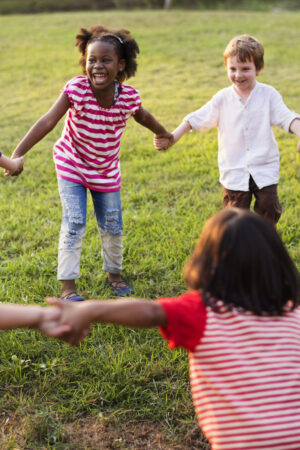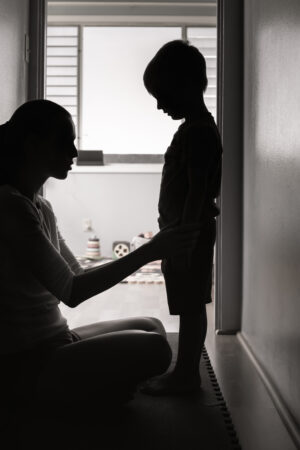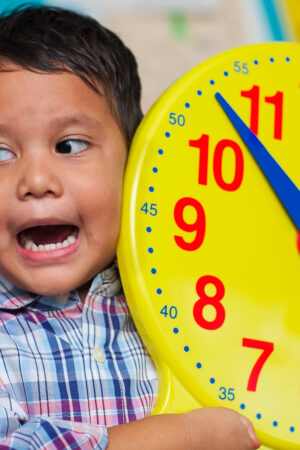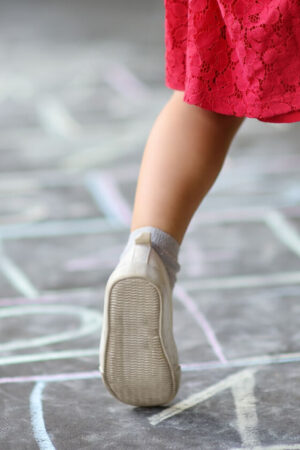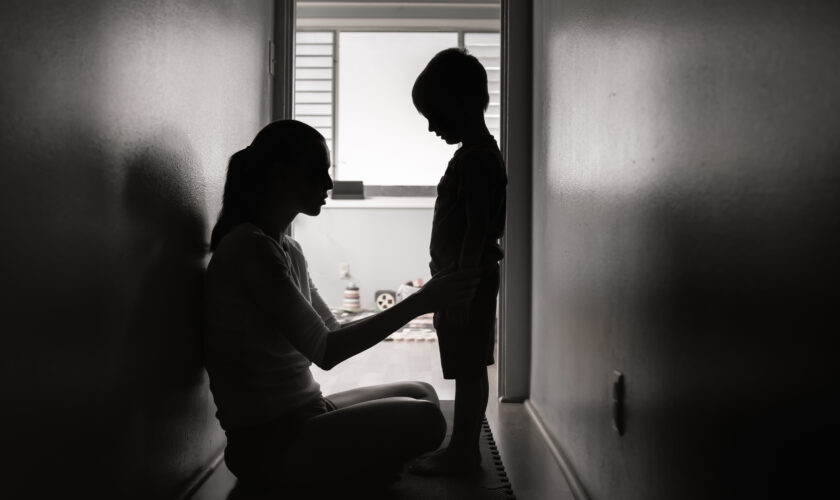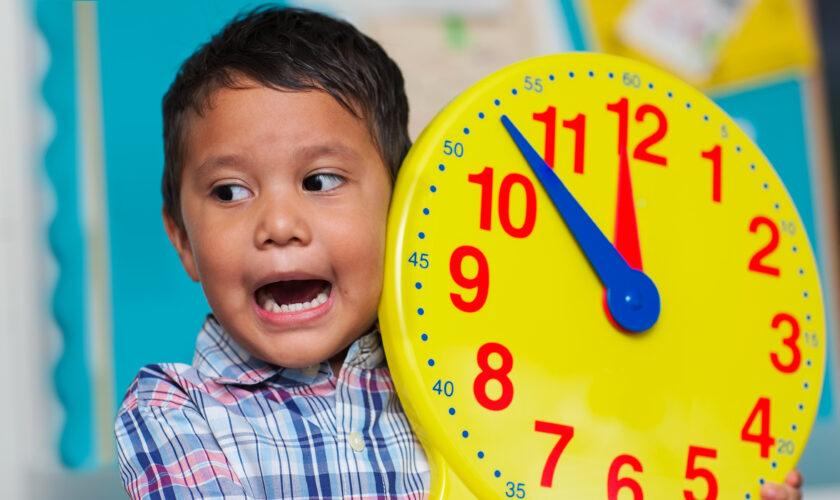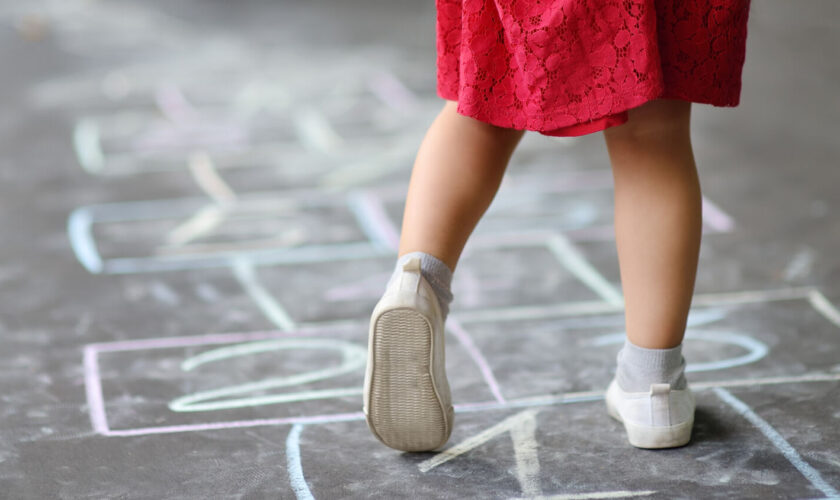Leah Zabari
Yesterday I was in a toddler classroom when two children slowly walked by me. One of the toddlers went up to the other and gently took hold of his friend’s hand. They proceeded to walk around the room together holding hands and interacting. It was such a sweet moment that was only captured by me, the observer. It’s not often I get to see those subtle and sweet peer relationships and it truly made me smile the rest of the day.
